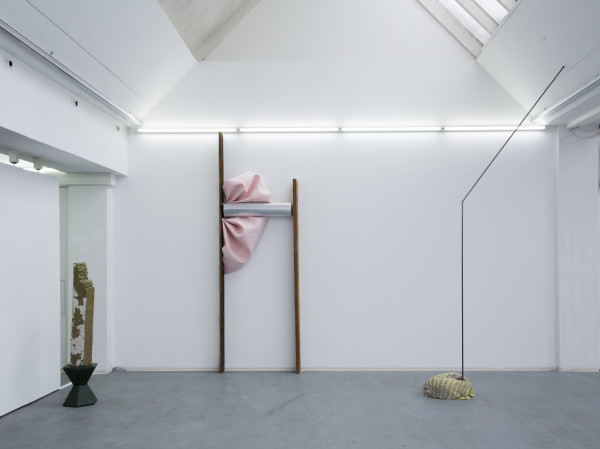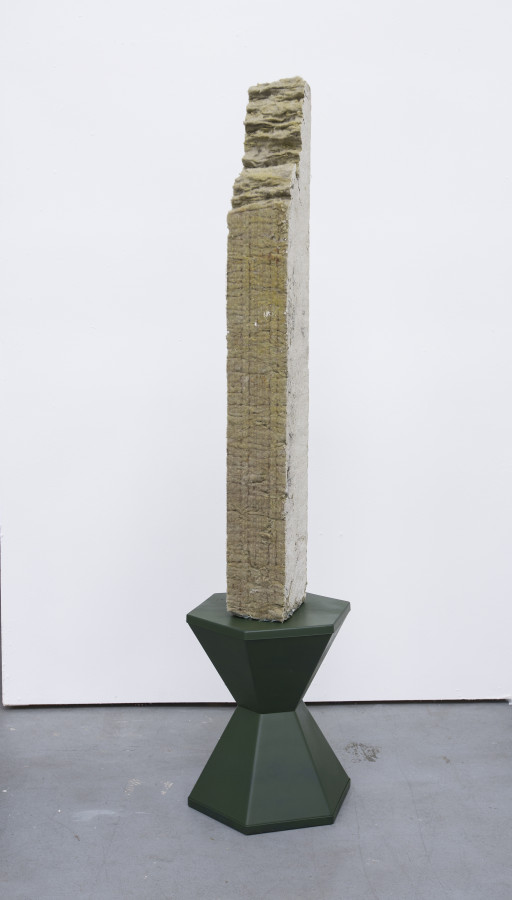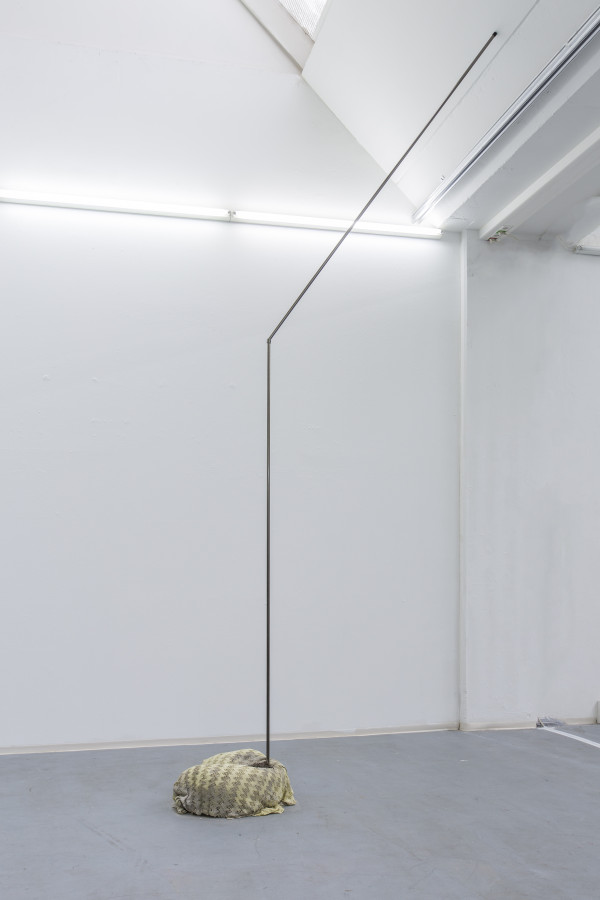Laine Godsey
Wednesday, 6 November 2013
Work from Pruning Tips.
“The pleasure in Godsey’s work lies in the sensation of losing my sense of the outer boundary of my body in relation to the figures she creates. It is like viewing my pink, internal ductwork in a sun-lit, public space. As I write this, I am embarrassed that I have already subconsciously altered my words to invoke the anthropomorphism of her pieces. It’s a mimetic habit— like smiling along with the actors in a show, although they are not really there, and neither am I. But Godsey does not shy away from this reflexive characterization. She thinks of her sculptures as her children, as mirrored elements of a community. Their relationship to one another, and to the viewer, is foremost based on analogy. She invites the viewer to partake in the hedonistic ritual of ‘looks like’; metaphorizing the objects until they are comfortably tucked away into one’s memory with all other well-known objects, images, and ideas. But I would argue that achieving this level of contentedness is the Lacanian game the sculptures play, and what underlies their ultimate goal of misrecognition.
In the past, Godsey has described her desire to balance the feminine and the masculine, the domestic and the industrial, and the internalization and externalization of identity through the expansive formation of the “dwelling”. She often lets her sculptures extend to match the height of the gallery space, gracefully dominating the viewer. They are made of materials one would find distinctively indoors or outdoors, generating a psychosomatic nostalgia for grandmother’s fabric and the metal machinery that improves the convenience of our everyday lives. If we were Swedish soldiers in the late 1600’s, the cure for this particular strand of nostalgia (believed to be an immobilizing disease back then) would be to return to our homeland, kick back in our favorite upholstered chairs, and smell the sweet smells of coal-fueled oxidizing metals. This unsettling dichotomy poses reasonable questions concerning the definition of the dwelling, but the totemic characters in the room demand more. They demand that I classify them within the art canon, and they demand that I seriously reconsider whether or not the space in which I dwell is where I truly belong.” -Elisa Gabor


